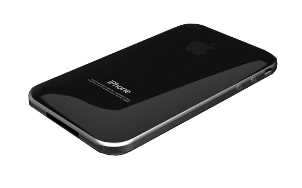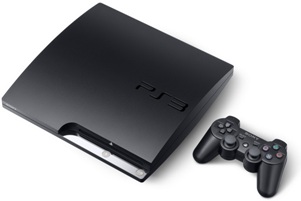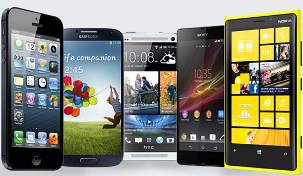While Microsoft’s new Surface tablet announcement lacked some important details, not the least of which is price, the info they did give us is enough to draw some interesting comparisons to Apple’s iPad. Microsoft has earned a solid rep for creating quality, if unglamorous PC hardware like mice and keyboards, but has had more failures like Zune and discarded concepts like the Courier reader than big wins like Xbox/Kinect when stepping out of their software comfort zone.
How exactly can Surface avoid landing in the same tablet scrapheap as the spate of recent iPad challengers? Here are five key differences between Surface and the iPad which could make or break Microsoft’s great white hope.
It’s not one product; it’s two!
There are two versions of the tablet: Surface, an ARM-powered consumer model and Surface Pro, an Intel-powered model that carries a heavier price tag in addition to its thicker body. Apple is well known for the sometimes excessively simplified branding of its products, infamously lowering speeds of its consumer laptops so they would not compete in a confusing way with the pro models. While Apple still offers the older iPad 2 for less money than the new iPad 3, neither model is really geared toward professional use. Microsoft can effectively serve consumers who might want an iPad with Surface (running a simplified Windows RT) and professionals who would otherwise buy a MacBook Air or Ultrabook with Surface Pro, running the full Windows 8 OS.
Keyboard
Apple has done everything in its power to deliver the best touchscreen virtual keyboard on the market, but it’s still not suitable for anything longer than a quick email or social media post. It’s hard to say if the Surface keyboard, which includes a trackpad and acts as a screen cover, will beat the ones on current laptop and Ultrabook, but the typing experience is almost guaranteed to be better than that of a virtual keyboard.
USB (2.0 on Surface, 3.0 on Pro)
USB is still consumers’ favorite connection method and standard connectivity is far superior to Apple’s single proprietary port on the iPad. Microsoft still falls short by not including the USB 3.0 revision on all models for both faster data transfer and battery charging.
Stylus
There are several advantages here: the stylus is conducive to handwriting and pro work, no “Gorilla Arm”, and it’s optional – you can still use your fingers. Does “optional” lead to fragmentation or less intuitive apps (something Apple has perfected)? If the stylus is precise enough to replace a USB tablet or even Wacom’s Cintiq, dyed-in-the-wool Mac-using artists and graphic designers could be tempted to jump ship for a fully powered, portable digital sketchbook that’s light enough, has decent battery life, and runs full versions of apps like Photoshop.
Display
Surface uses the common 16:9 aspect ratio instead of the iPad’s 4:3, meaning standard HDTV video content will play without any black bars and developers won’t have to reorient existing apps. However, expected resolutions of 1,366×768 on Surface and 1920×1080 on Surface Pro seem positively last-gen compared to the iPad 3’s 2048×1536 Retina Display.
Despite the warm welcome Surface has gotten, the launch was not without its missteps, with an obvious lock up during the demo. And can you imagine Tim Cook, much less Steve Jobs demoing a major new product without giving a price or availability date? Still, Surface, in its Pro or RT form, is the closest thing to a legitimate hardware challenge the iPad has faced and that only means better products for users.


